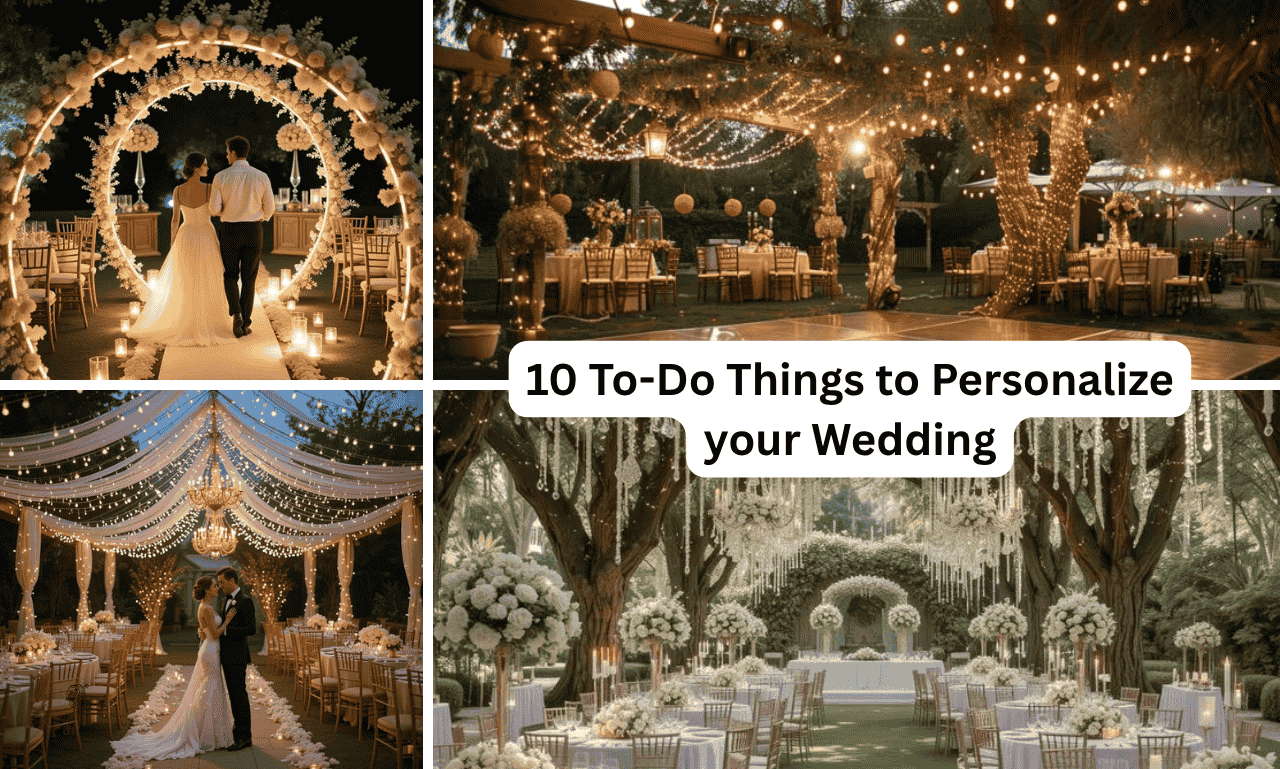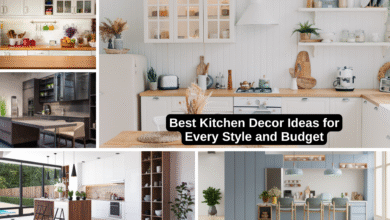10 Budget Home Decor Hacks That Look Expensive
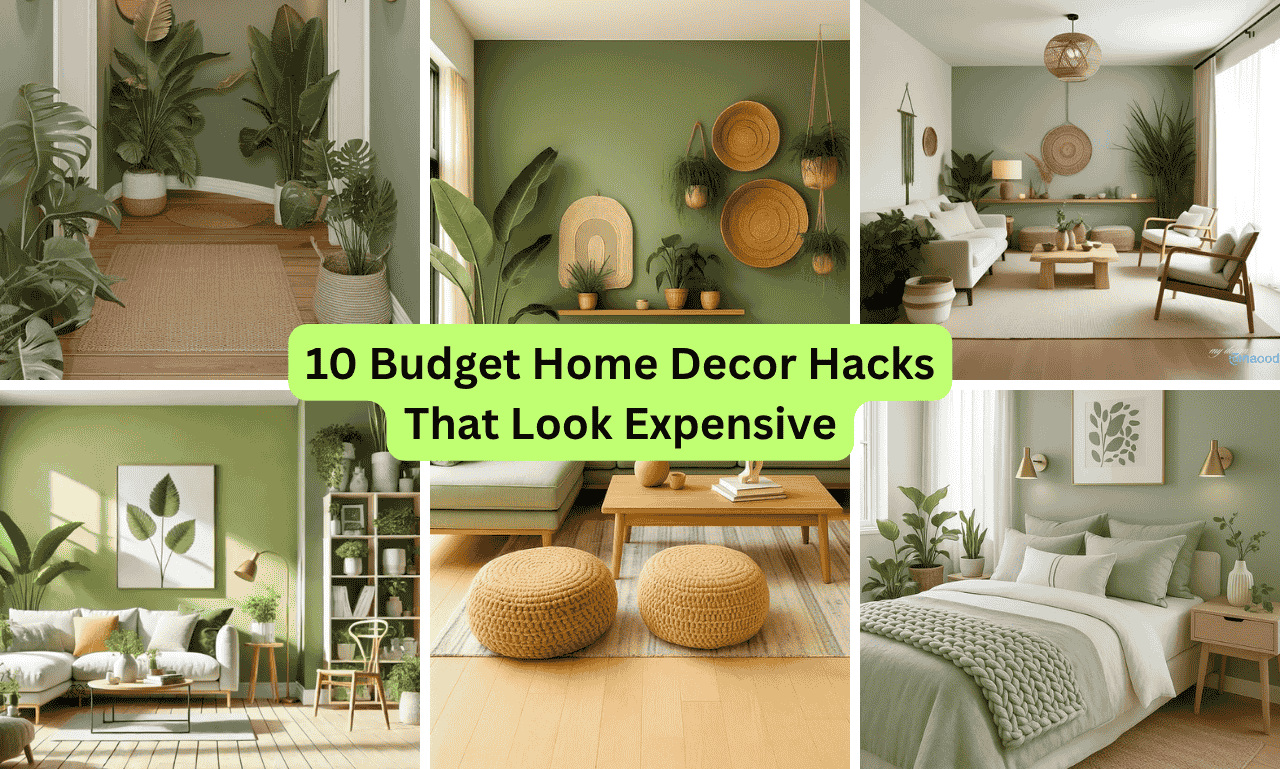
Home Decor Hacks
Beyond just rearranging furniture and painting rooms the colors you’ve selected, home décor involves living a life that suits you, determining what makes you feel at ease, and creating a space that reflects who you are. Every piece of furniture in your house creates a mood, whether it’s the cozy study nook or the eye-catching focal point of your living room.
Even the most functional space can feel like home with the right décor, whether you’re creating a brand-new area or renovating an existing one that has been there for years.By combining style and functionality, home décor can transform your surroundings into places you want to spend time in rather than just places you spend it. In this blog, we will discuss 10 Budget Home Decor Hacks That Look Expensive.
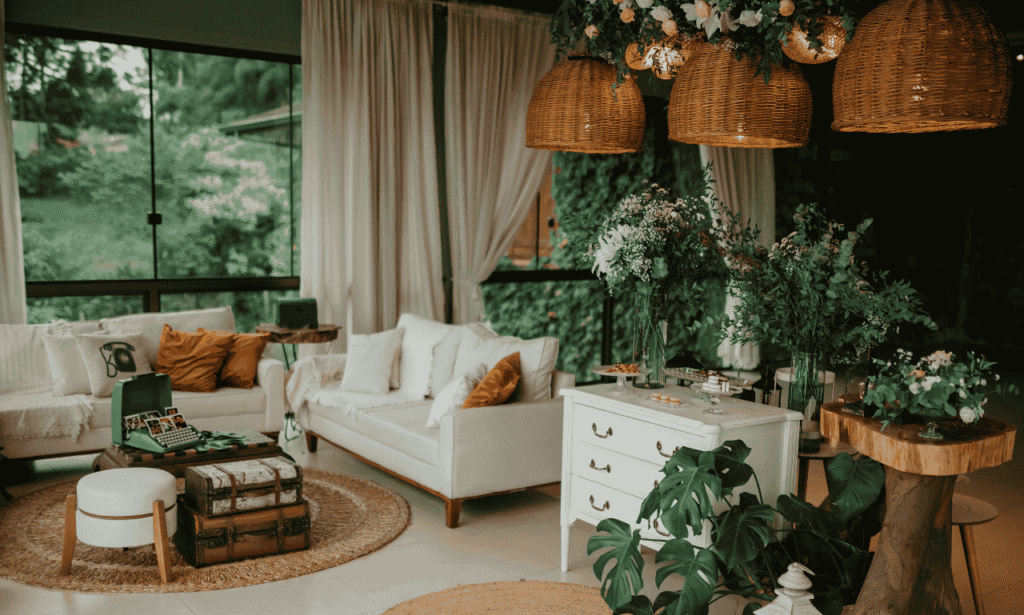
Purpose of Home Décor
Decorating a house is more than just aesthetics. We do home decors just to make it a residence , which leaves a positive impact on our mind. It gives you a sense of control and personality, facilitates everyday tasks, and gives each space a distinct feel. Home design turns empty rooms into intentional and significant reflections of your lifestyle, be it with colors, textures, furniture, or art.
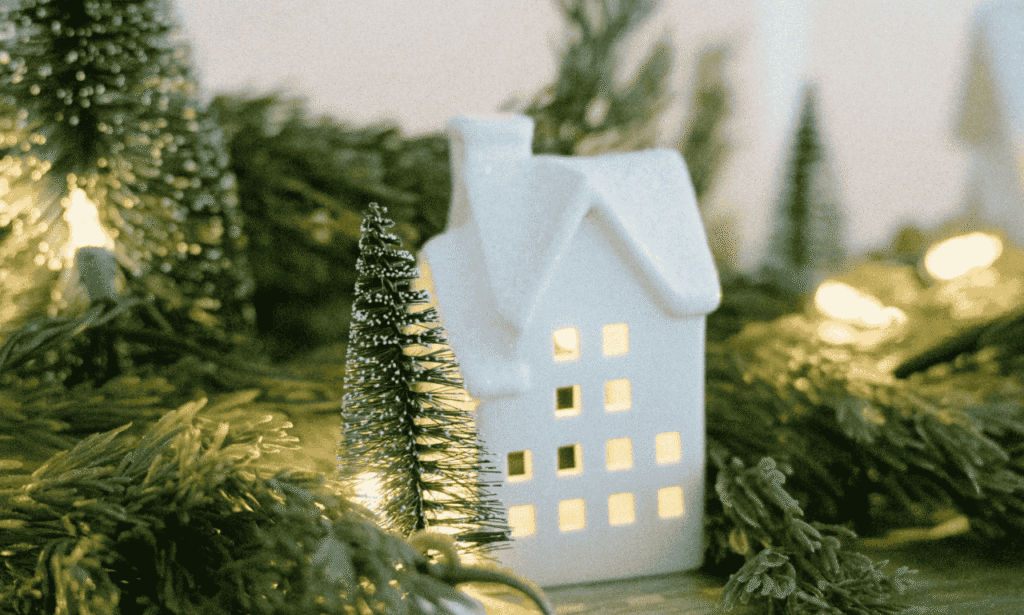
Importance of Personal Style in Decorating Home
The key to home decor is personal taste.Although trends change, your personal taste is what gives your house a cozy, authentic, and distinctively you feel. Decorating that reflects your unique style can help your home become a unique reflection of who you are by showing your principles, thoughts, and incidents.
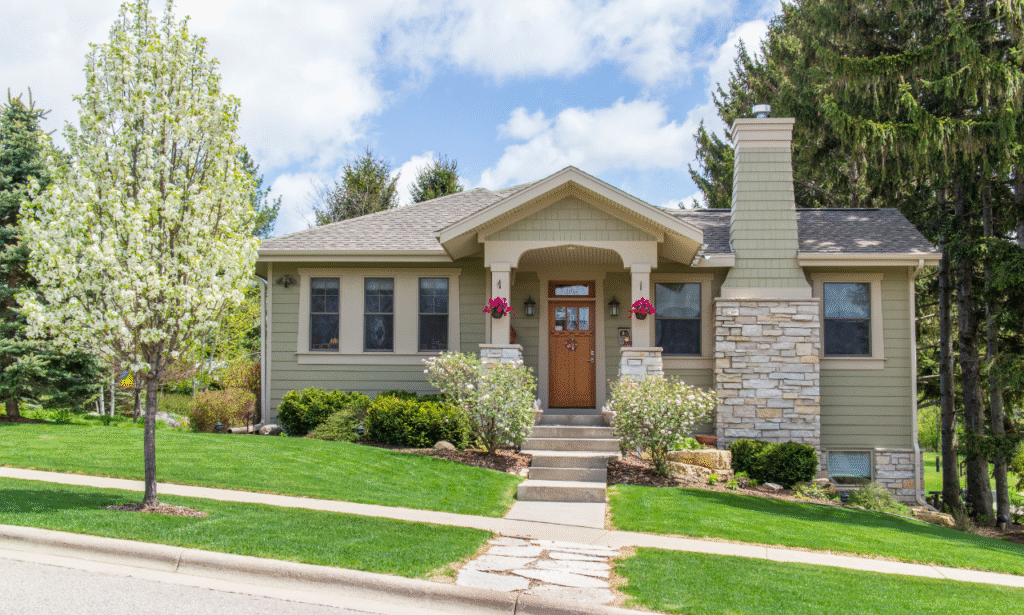
It’s less difficult to choose things you love over trendy ones when you know your own taste. Your home is both cozy and fantastic as a result. It enhances your emotional bond with your house, matches with your daily routine, and helps you seem more at home. Whether your home is traditional, vintage, simple, or a mix of all three, it will always be in fashion because it is uniquely yours.
Assessing Your Space
Prior to making changes in decoration, it is essential to assess the dimensions and features of your home. Knowing and understanding your space is the basis for intelligent, functional, and aesthetically satisfying design decisions. Keep the following three points in mind:
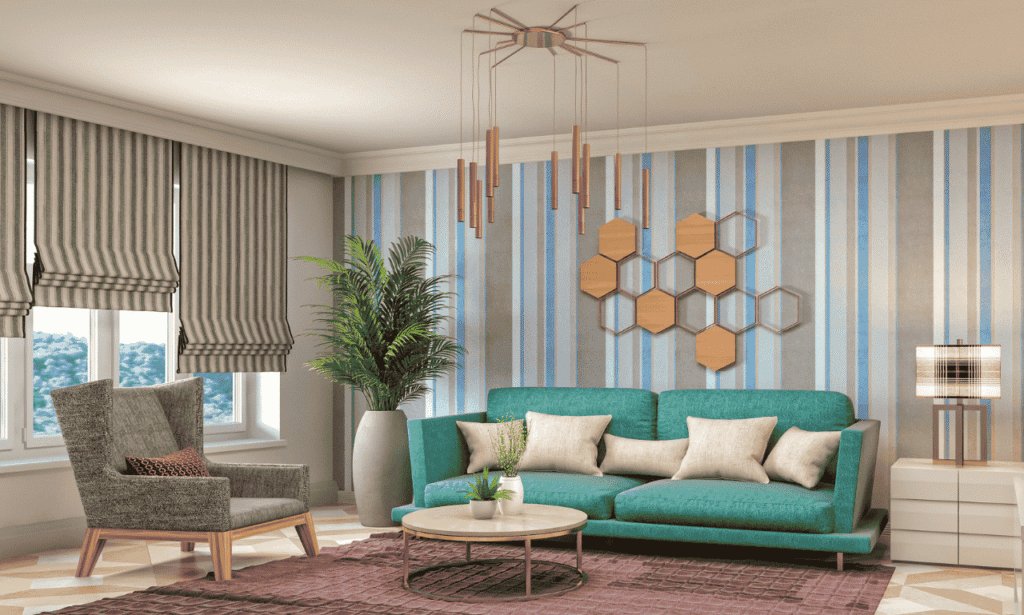
1. Room Dimensions
It is worth recognizing the exact sizes of each room.This includes the location of the doorways and windows as well as the roof’s broadness, length, and elevation.
- Reasons it matter: Proper furniture placement maximizes space movement and avoids overcrowding in spaces.
- Tip: Design basic plans or use particular room planning software to illustrate dimensions and arrangements ahead of acquiring oversized furnishings such as sofas, beds, or tables.
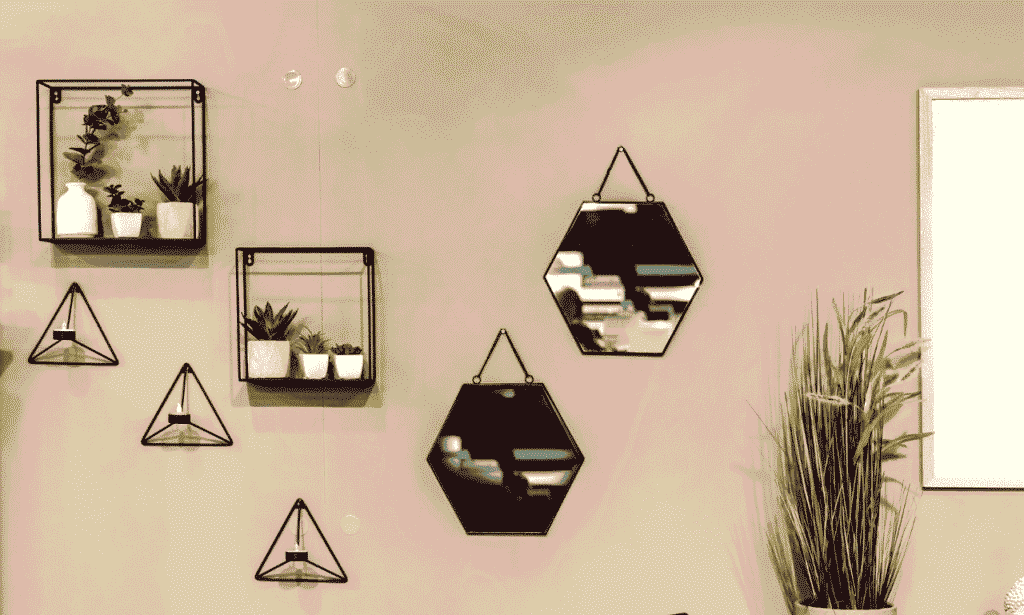
2. Natural Light
Throughout the day, note how light enters and flows through each space. Observe:
- Window size and placement
- Morning versus afternoon sunshine levels
- Whether the room is naturally bright or dark
- Why it matters: Natural light has an impact on mood, the sense of color, and utilization of energy. It can enlarge a tiny space or add coziness to a dimly lit area.
- Tip: Employ sheer drapes, mirrors, and lighter hues to make the most of light. Consider layered lighting alternatives for darker rooms.
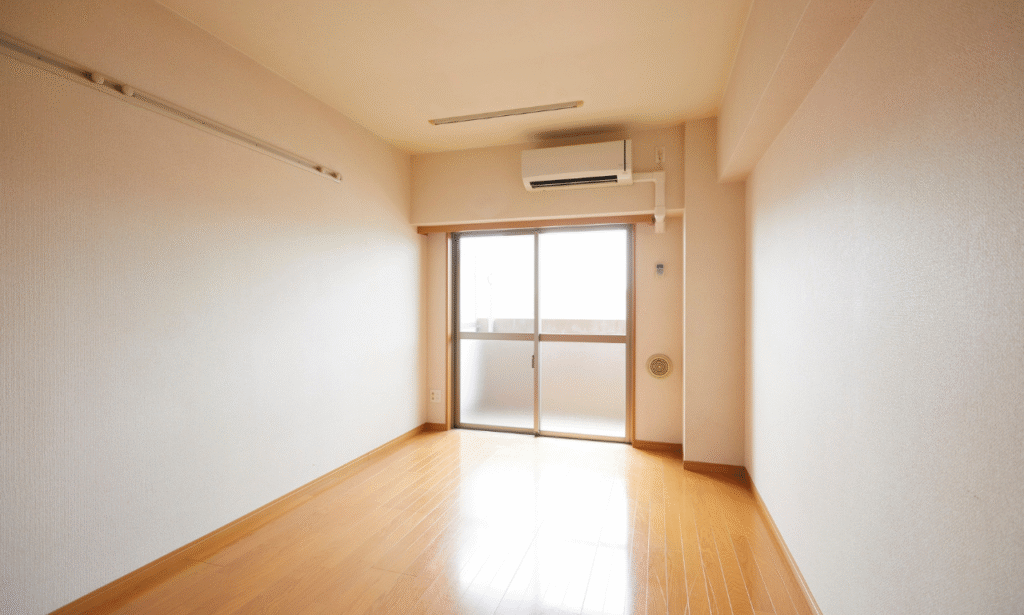
3. Existing Architectural Features
These encompass fixed design elements which includes:
- Built-in cabinets or cabinets
- Exposed beams or brick
- Archways, molding, or wainscoting
- Fireplace or alcoves
- Why it subjects: Architectural functions add character and may be used to define a fashion or focal factor. They ought to be incorporated into your design as opposed to left out or covered up.
- Tip: Highlight these features with complementary colorations, lighting, or by means of maintaining the encircling décor minimal to allow them to stand out.
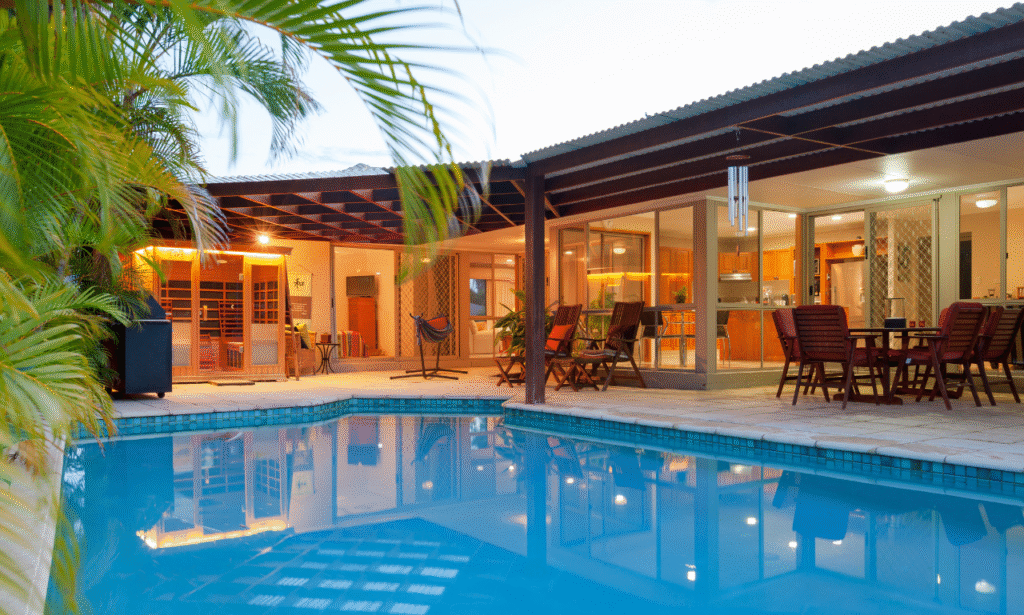
Setting a Budget
It can be thrilling to decorate your house, but if you don’t have a strategy, the expenses may rapidly get out of hand. Choosing goals for expenditure, sustaining focus, and preventing financial stress all depend on having an accurate and reasonable budget.

1. Determine Your Total Budget
Determine how much you can and are willing to spend on the project as a whole first. Be truthful about your financial constraints and account for any unforeseen expenses.
Advice: Allocate 10–15% of your overall budget for unforeseen expenses or last-minute changes.
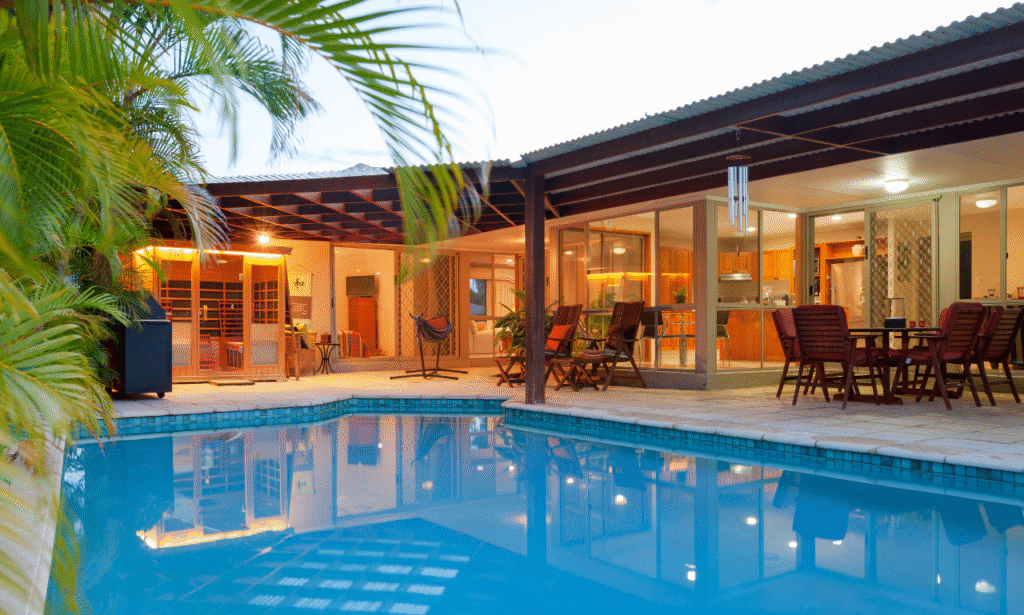
2. Break It Down by Category
Depending on your needs, divide your entire budget into different categories. For instance:
- Furniture
- Wallpaper or paint
- Lighting
- Textiles (pillows, curtains, and rugs)
- Accessories and décor
- Work (if employing experts)
- Equipment or do-it-yourself materials
This enables you to monitor your financial expenditures and make necessary adjustments.
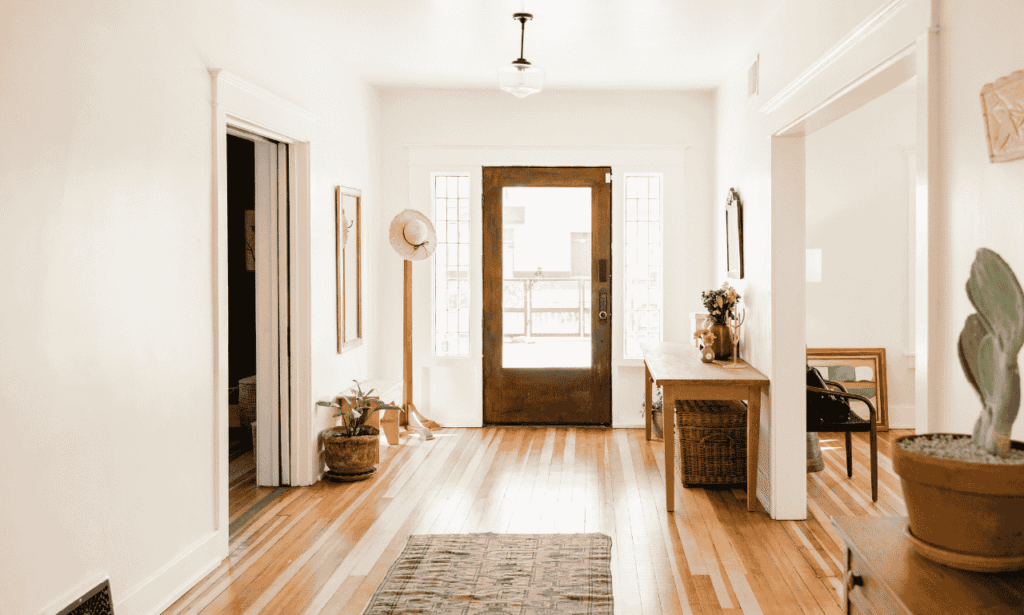
3. Prioritize Your Spending
Determine what matters most, whether it’s a statement sofa, custom curtains, or excellent lighting. Spend less on decorative or trend-based items and more on essential pieces that will be used frequently or have the greatest impact.
For instance, buy a sturdy dining table and use vintage or do-it-yourself wall art to save money on accent pieces.
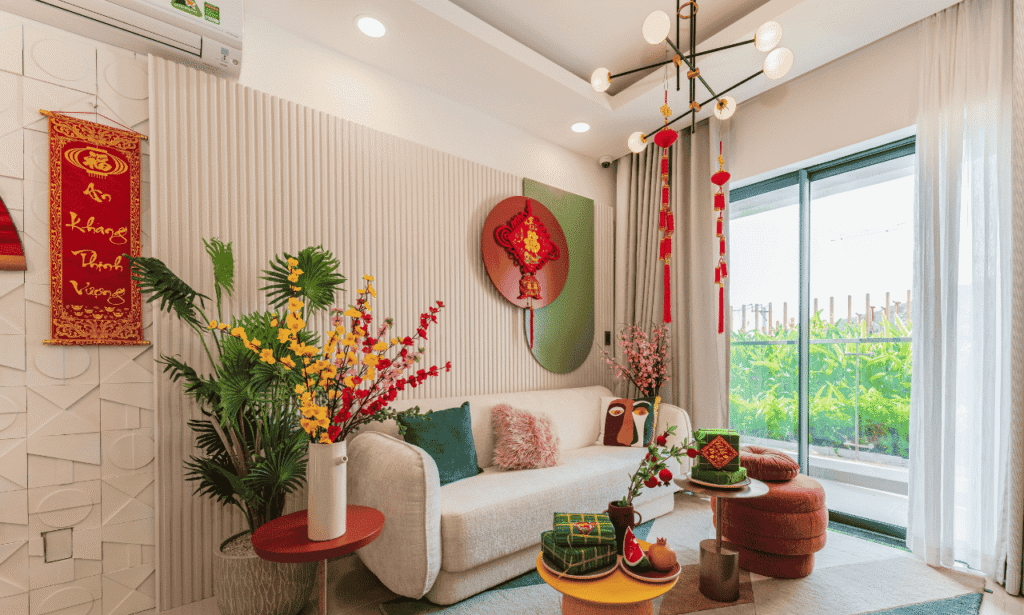
4. Track Every Expense
Maintain a running total of your expenditures for every category. This keeps you on course and helps you identify excessive spending early.
Tip: For real-time tracking, use a budgeting app or spreadsheet.
Defining Your Style
One of the most crucial aspects of home décor is determining your personal style. Knowing your own style enables you to make bold design decisions and produce a unified area that is all yours.Your direction can be helped by being familiar with the basics of popular styles, though most combine them.
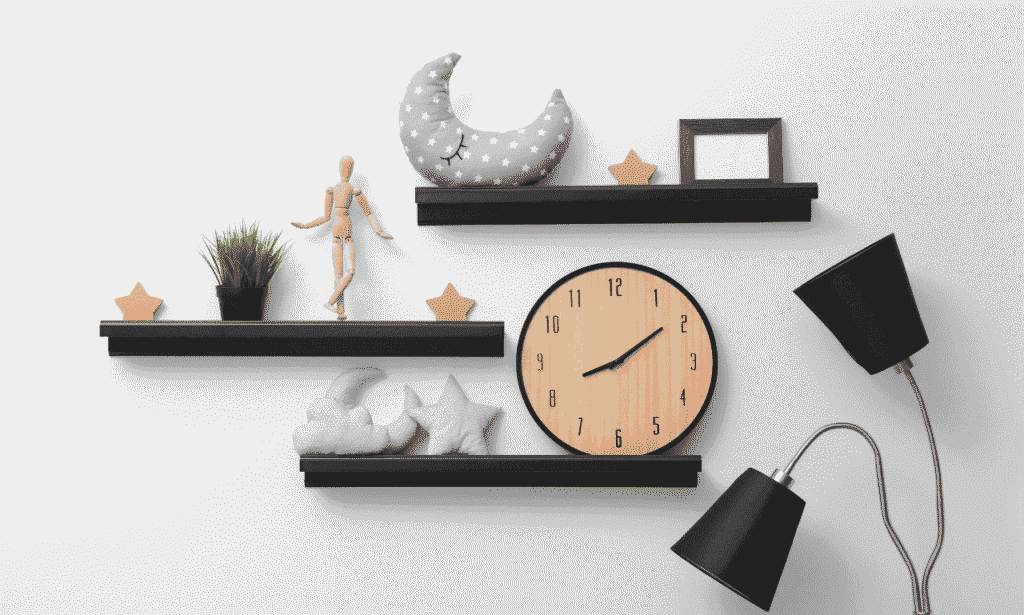
1. Modern
- Key characteristics: open areas, neutral colors, clean lines, and sparse embellishment.
- Materials: glass, steel, and polished wood.
- Vibe: clutter-free, practical, and streamlined.
2. Minimalist
- Key characteristics: “less is more” philosophy, simplicity of focus, and purposeful design.
- Materials: Simple furniture, neutral hues, and sparse décor.
- Vibe:calm, serene, and extremely organized.
3. Traditional
- Key Features: Sophisticated woodwork, bright hues, identical patterns, and traditional furnishings.
- Materials: Leather furnishings, dark wood, and elaborate accents.
- Vibe: Elegant, traditional, and formal
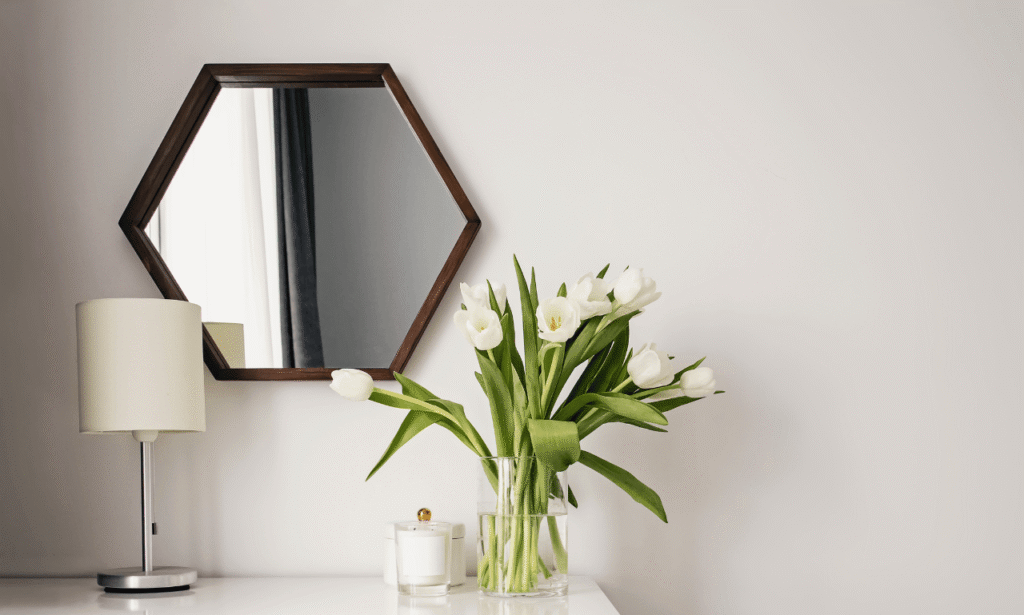
Elements of Home Décor
Color Scheme
Color unifies your area, shapes it, and provides a tone, making it an effective asset for home décor. However ,If your style is bright and vibrant or serene and cozy, the color layout you select will dictate how coherent and intellectually warm the room is.
1. Choosing Base and Accent Colors
Accent, secondary, and base colors are usually included in a well-balanced color scheme:
- Base Color (60%)
The dominant color in the room, which entails the walls, the ground and entire decor, is typically a gentle or neutral shade. Think of subdued colors or whites, gray, or beige.
- Secondary color (30%)
This adds depth and balances the base.You may apply it on handy or medium-sized furniture, carpets, or drapesIt most often catches the general tone you are aiming for.
- Accent Color (10%)
Using striking or contrasting colors sparingly on pillows, artwork, vases, or decorative items is where personality comes into play. It gives the room vitality and interest.
Tip: Adhere to the 60-30-10 rule as a guide to keep a measured and deliberate palette.
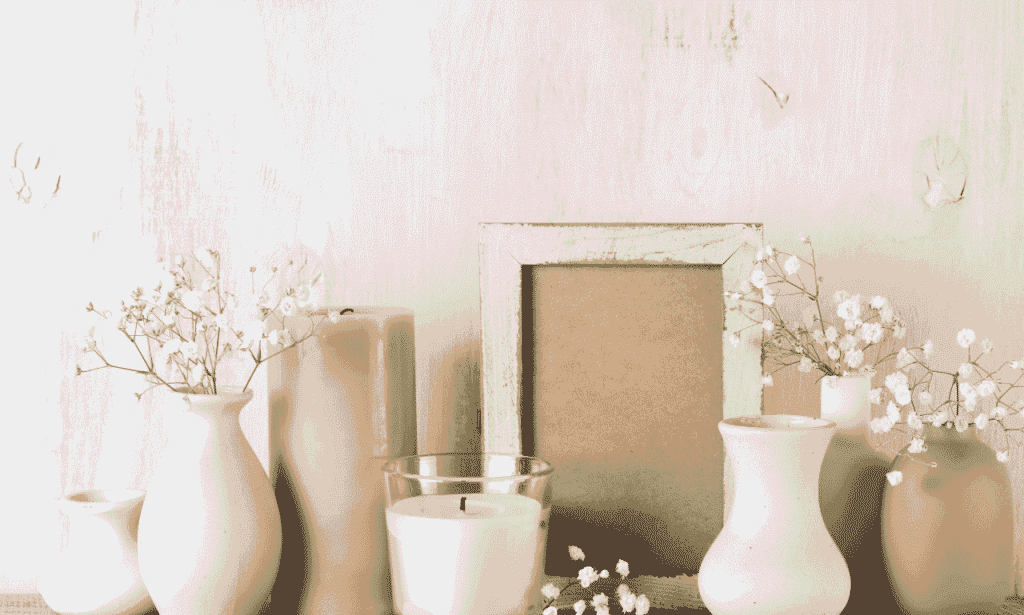
Space-Saving and Multipurpose Pieces
In smaller or multipurpose environments, space-saving and multipurpose furniture is absolutely vital. These multifunctional items help you maximize your use of space without sacrificing elegance.Example:
- Sofa beds for additional sleeping space
- Storage ottomans provide extra seating while concealing storage.
- Desks that fold out for small home offices.
- Dining tables that can extend for company, and for everyday use.
These elements ensure that every area in your house is functional, especially in communal spaces or tiny apartments.
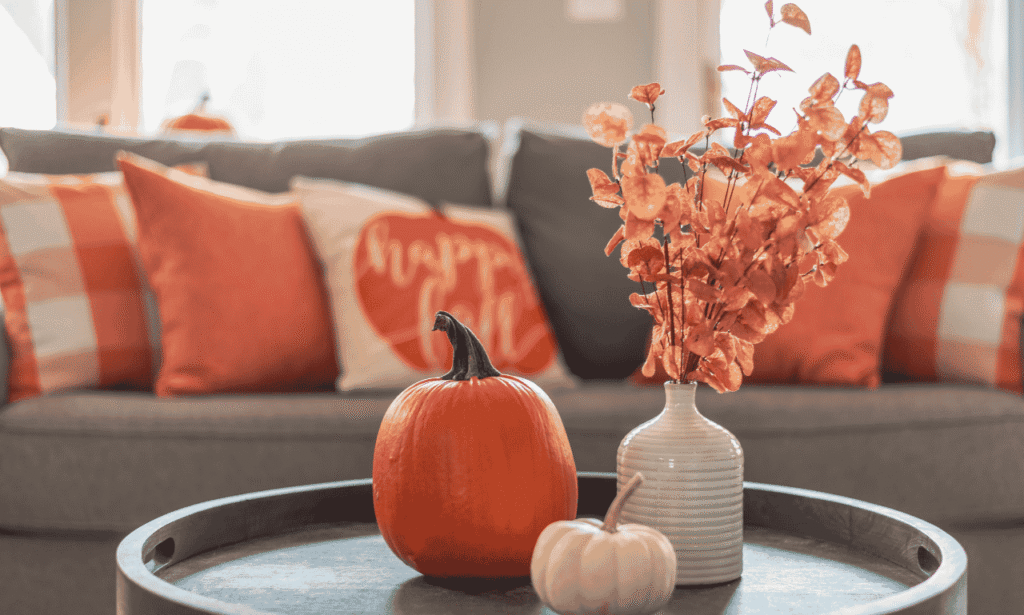
Lighting: Ambient, Task, and Accent
Lighting defines a room’s outlook and mindset. It ought to be layered, with various lighting styles fulfilling distinct functions:
- Ambient lighting: Your main source of light is ambient lighting, which includes hidden lighting, sconces, and overhead lights.
- Task Lighting:lighting used specifically for jobs like studying, typing, or preparing meals. Examples include table lights under-cabinet kitchen lighting, and bookshelf lights that can be adjusted.
- Accent lighting: is used to highlight structural facts, creations, or plants. This includes decorative table lights, ceiling bulbs, and image illumination, among other lighting devices.
Textiles: Curtains and Rugs
Textiles are the easiest way to give a room ease, hues, and appearance. They melt concrete surfaces and give space hospitality.
- Curtains:Selecting the appropriate fabric will enhance the room’s style, control light, and offer privacy. Light fabric for spaces with lots of air or thick velvet for a cozy, elegant setting.
- Rugs: They provide relaxation and define areas particularly beneath eating surfaces or in bedrooms. Select colors and materials that complement your furniture.
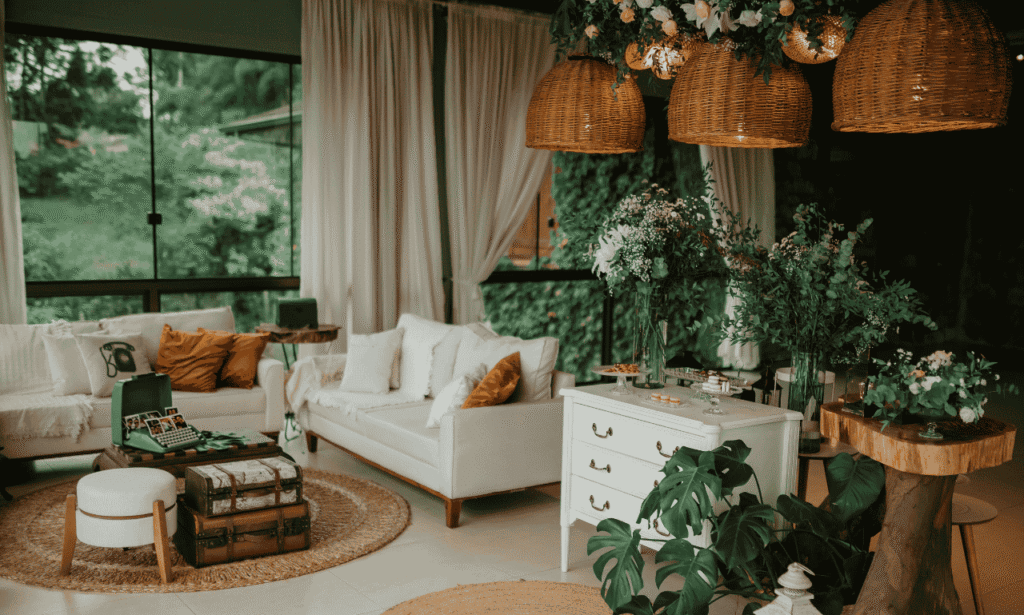
Wall Décor: Art, Mirrors, Shelves, Wallpapers
Wall décor adds uniqueness and appeal to your spaces.
- Art: Whether it’s designed pictures, artwork, or abstract art, craft conveys personal taste and gives a room personality.
- Mirrors: Mirrors can give the impression that your space is larger because they reflect light.
- Shelves: Shelves can be used to hold books, novels, picture frames, and decorative objects in addition to being a practical storage solution.
- Wallpaper: Vibrant wallpapers infuse your room with vitality by adding contemporary style, while more subdued designs create a tranquil and peaceful ambiance.
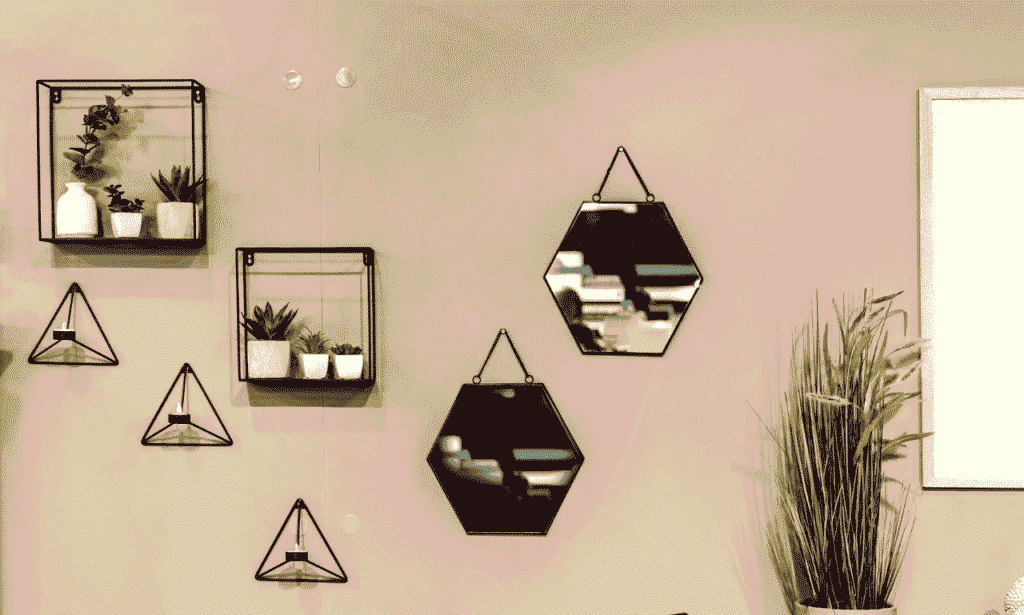
Flooring: Hardwood, Tile, Carpet, Laminate
The proper flooring improves efficiency and convenience while integrating the entire area.
- Hardwood: Timber gives a room a sense of luxury and is durable, so it can be used in both traditional and modern settings.
- Tile: Ideal for kitchens, bathrooms, or foyers, tile (such as mosaic, ceramic, or porcelain) offers a wide range of design options and requires minimal maintenance.
- Carpet:You can decorate your space with carpets that come in a variety of colors, patterns, and styles. They look great in hallways.
- Laminate: An affordable alternative to timber, laminate looks similar but is more resilient in areas with frequent usage.
Plants & Greenery: Indoor Plants and Planters
Any space is made more colorful, lively, and serene by the presence of plants. Plants improve mental health, bring nature indoors, and enhance the aesthetics of the surroundings.
- Indoor Plants: For visual appeal and a sense of connection to nature, pick low-maintenance plants like jade, cactus, or rubber plants.
- Planters: To enhance the overall design of your space, use chic containers and planters as decorative accents.
Accessories: Vases, Books, Candles
Accessories are the last component that breathes life into your space. These minor but significant details convey your individuality and bring everything together.
- Vases: To add energy to your space, you can fill vases with fresh flowers from your garden everyday.
- Books: To spend more time in your space and to make it more cozier , you can organize books on shelves and tables
- Candles: They improve the atmosphere of a room by adding their fragrance.
